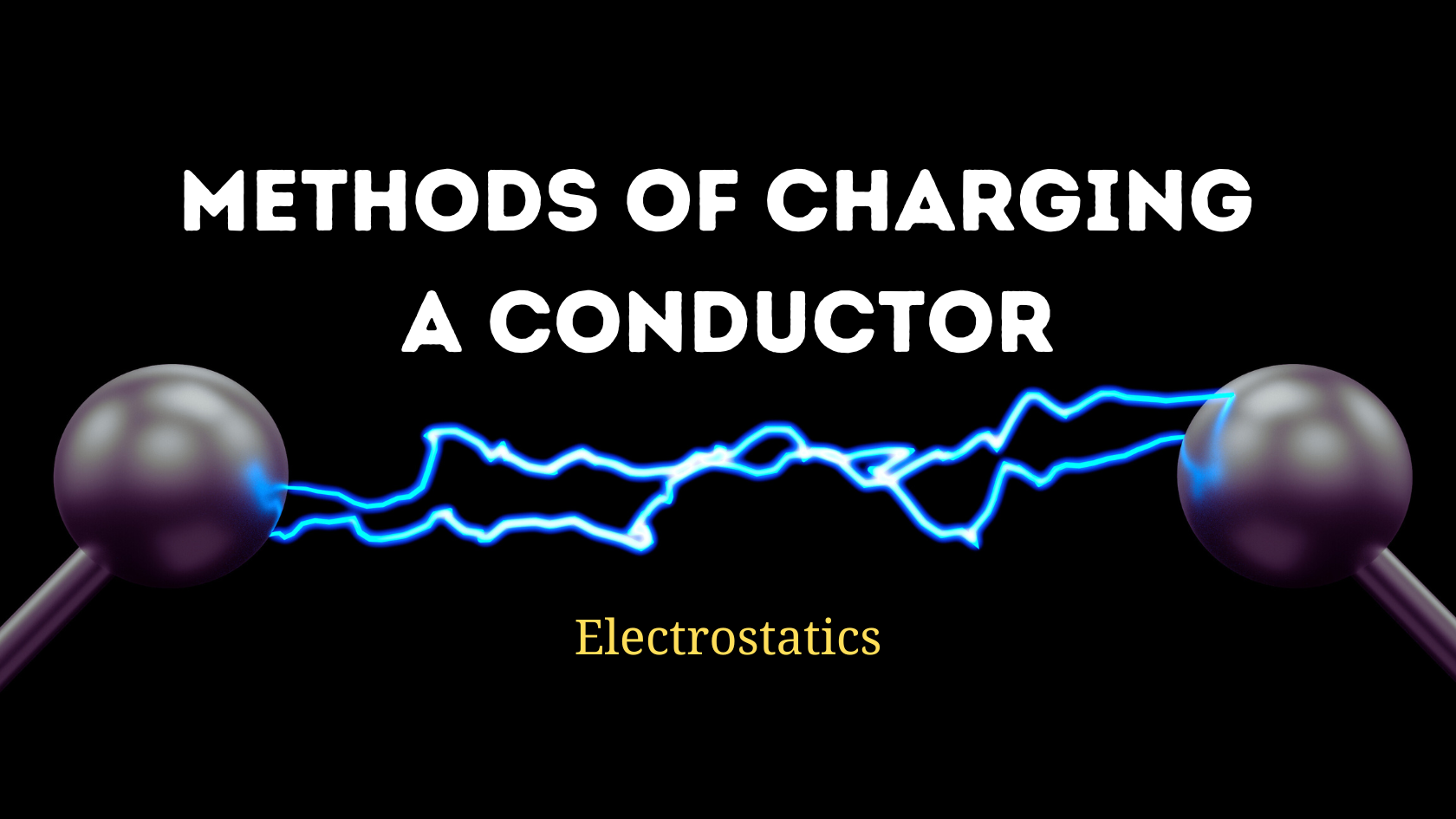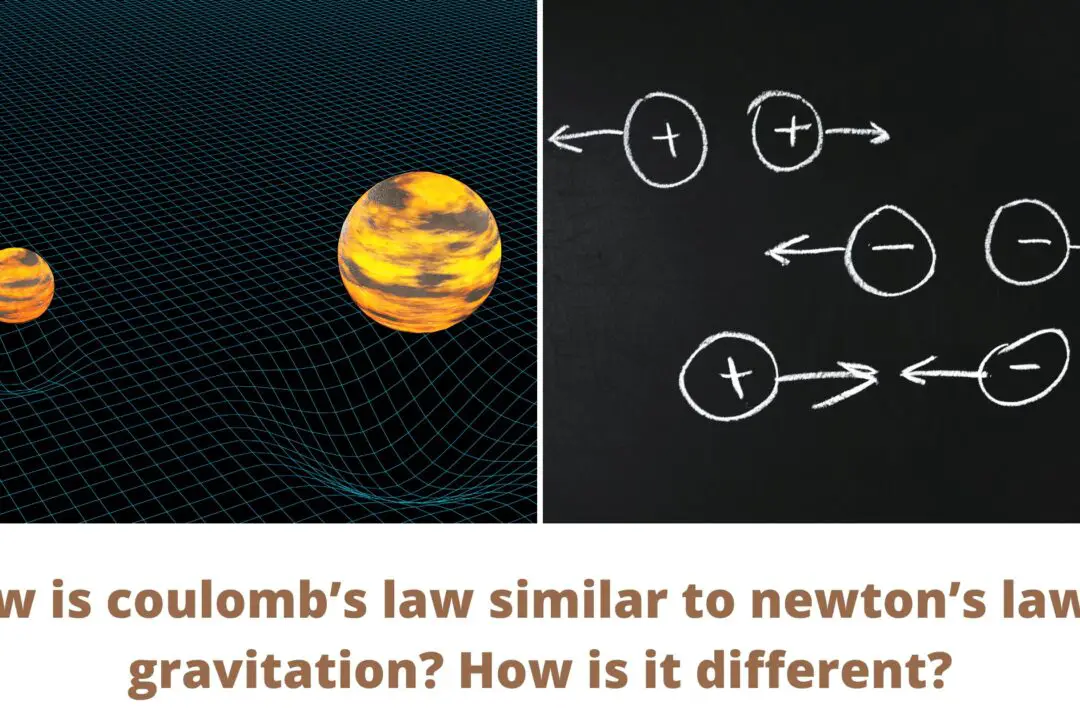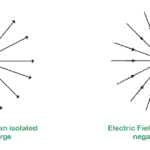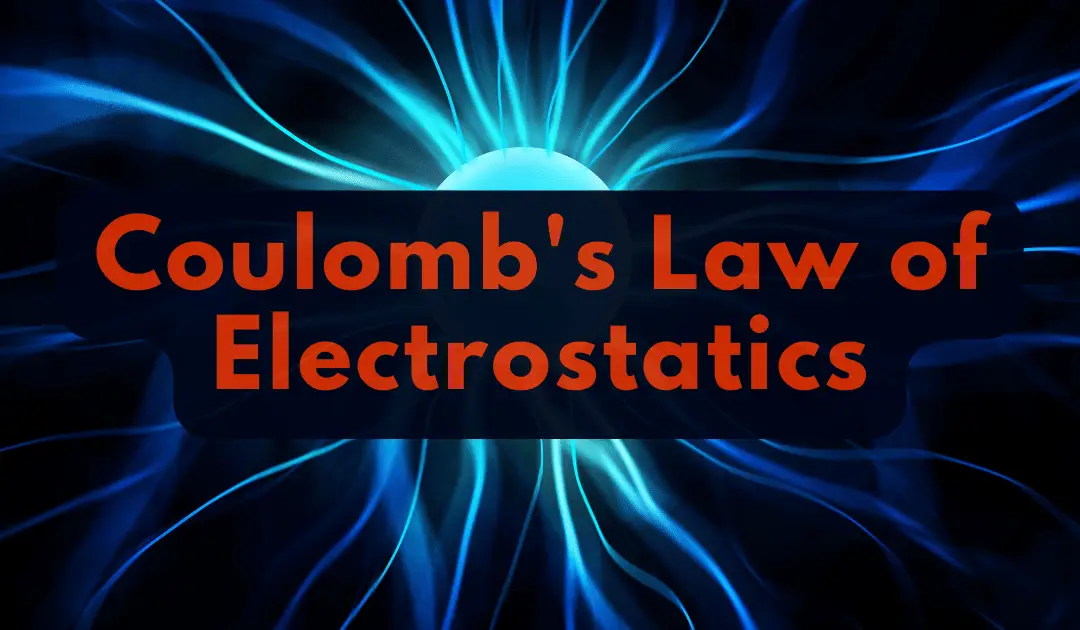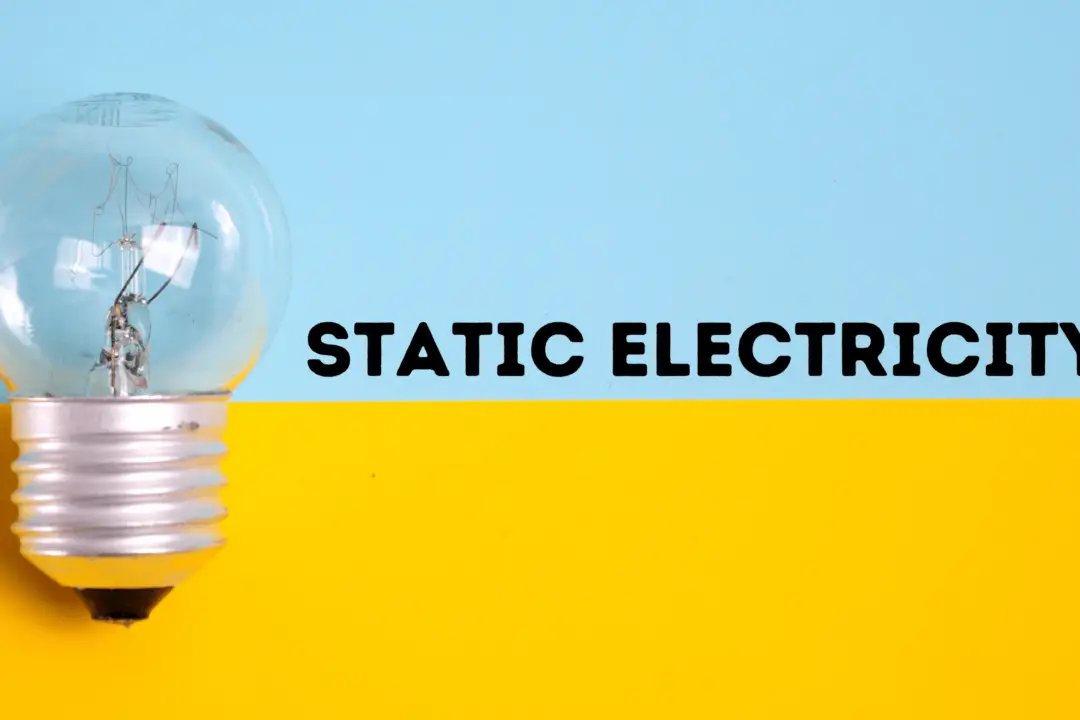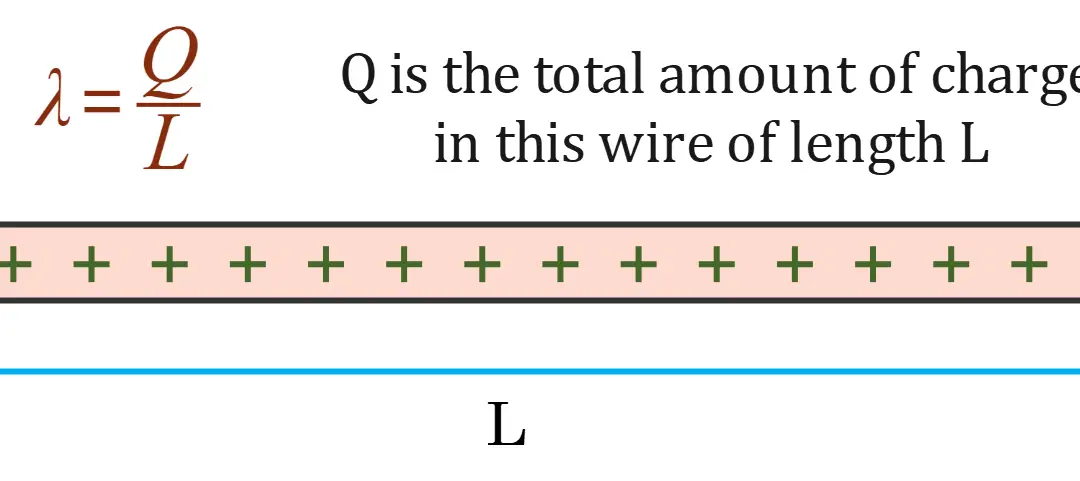Electrical charges and conductors play a crucial role in various fields such as engineering, electronics, and physics. Understanding how to charge a conductor is essential to comprehend various phenomena in these fields.
Moreover, understanding charging methods is vital for exams like AP Physics, GCSE, SAT Physics, as it is a fundamental concept that is often tested. In this article, we will discuss the different methods of charging a conductor and explain them in detail.
Methods of Charging a Conductor
Charging by Conduction
Conduction is a process by which heat or electricity is transferred through direct contact between two objects. In the context of charging an object, conduction occurs when a charged object comes into direct contact with a conductor, causing a transfer of electrons between the two objects.
When a charged object is brought near a conductor, there is a transfer of electrons from the charged object to the conductor. If the charged object is positively charged, it will attract electrons from the conductor, leaving the conductor with a positive charge. On the other hand, if the charged object is negatively charged, it will repel electrons from the conductor, leaving the conductor with a negative charge.

For example, imagine a neutral metal rod that is touched to a positively charged rubber balloon. The positively charged balloon will attract electrons from the metal rod, leaving the rod with a positive charge. The transfer of electrons from the balloon to the rod is an example of charging by conduction.
| Object | Charge |
|---|---|
| Charged Object | Positive or Negative |
| Conductor | Neutral |
| After Contact | Conductor has the same charge as the charged object |
In summary, charging by conduction is the process of transferring electrons between a charged object and a conductor through direct contact. This process can result in the conductor becoming charged, either positively or negatively, depending on the charge of the original object.
Here are some key points to remember about charging by conduction:
- Direct contact between a charged object and a conductor is necessary for charging by conduction to occur.
- The charged object can be either positively or negatively charged.
- The conductor will take on the same charge as the charged object.
- The process of charging by conduction is reversible, meaning that the conductor can also be used to discharge the charged object.
Charging by Induction
Charging by induction is a process that allows for the transfer of electrons between two objects without direct physical contact. This is achieved by bringing a charged object close to a conductor, which causes the electrons within the conductor to move and create an imbalance of charge. The process relies on the concept of electrostatic induction, where the presence of a charged object near a conductor induces an electric field in the conductor.
Here’s a step-by-step explanation of the charging by induction process:
- A charged object, such as a balloon rubbed against a wool sweater, is brought close to a conductor, such as a metal rod.
- The charged object creates an electric field around itself, which induces an electric field in the conductor.
- As the charged object is brought closer to the conductor, the electric field induces electrons within the conductor to move.
- Depending on the polarity of the charged object, electrons within the conductor are either attracted or repelled.
- When the charged object is held close to the conductor for a sufficient amount of time, the electrons within the conductor become imbalanced, creating a charge.
- To create a charge imbalance, the conductor must be grounded. Grounding the conductor allows the excess electrons to flow away, creating a net charge on the conductor.
- Once the conductor is charged, it can be used to transfer the charge to other objects through direct contact or induction.
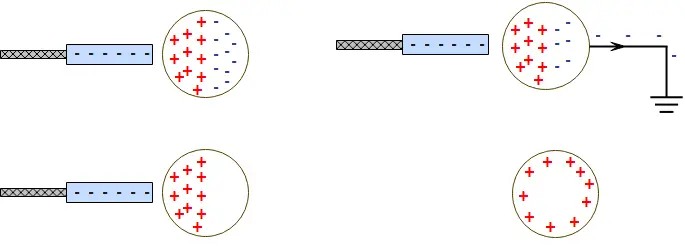
It’s important to note that grounding the conductor is a crucial step in the charging by induction process. Without grounding, the excess electrons within the conductor cannot flow away, resulting in no net charge being created. Therefore, grounding is essential to create a charge imbalance and enable the transfer of electrons between objects through induction.
Earthing
Earthing, also known as grounding, is the process of connecting a conductor to the earth to allow excess charge to flow to or from the earth. This process plays a crucial role in the charging process, particularly in induction.
When a conductor is connected to the earth, any excess charge on the conductor can flow into or out of the earth, allowing the conductor to reach a stable state of charge equilibrium. This is because the earth is considered to be an infinite reservoir of charge, with a vast supply of electrons that can be drawn upon or deposited into.
In the context of charging by induction, earthing is essential. When a charged object is brought close to a conductor, the electric field of the charged object induces an electric field in the conductor. This induced electric field causes electrons within the conductor to move, creating an imbalance of charge.
If the conductor is not grounded, the excess electrons within the conductor cannot flow away, resulting in no net charge being created. By connecting the conductor to the earth, the excess electrons can flow into the earth, creating a net charge on the conductor.
Similarly, when a conductor is charged through direct contact with another charged object, earthing the conductor allows excess charge to flow out of the conductor, preventing a build-up of charge that could damage the conductor or surrounding objects.
It’s important to note that earthing a conductor does not create a charge imbalance on its own. Instead, it allows excess charge to flow to or from the earth, allowing the conductor to reach a stable state of charge equilibrium.
| Key Points | Summary |
|---|---|
| Earthing | Connecting a conductor to the earth to allow excess charge to flow to or from the earth |
| Charging Methods | Induction and direct contact |
| Earthing Effect | Allows excess electrons to flow into or out of the earth, creating a net charge on the conductor |
| Importance | Essential for charging objects through induction and prevents damage to conductor or surrounding objects |
In conclusion, charging a conductor is a fundamental concept in physics that is essential to understand various phenomena in fields such as engineering, electronics, and physics. There are three methods to charge a conductor: conduction, induction, and grounding. Conduction involves direct contact between a charged object and a conductor, while induction allows for the transfer of electrons between two objects without direct physical contact. Grounding a conductor allows excess charge to flow to or from the earth, allowing the conductor to reach a stable state of charge equilibrium.

